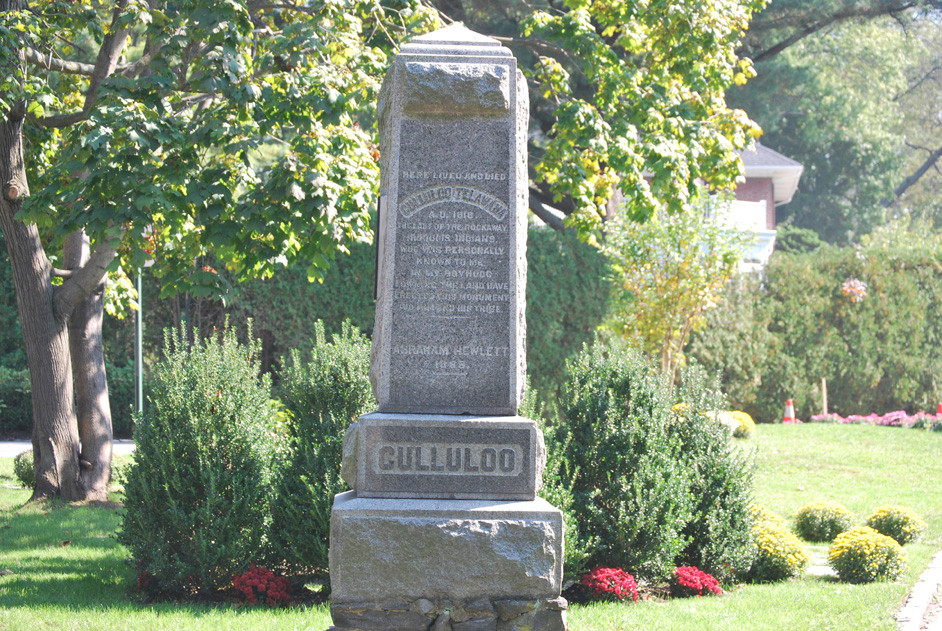Woodsburgh marks its centennial
Small village had large impact on the way we live
In spite of its small size — 778 residents, according to the 2010 census, occupying just 0.4 square miles — the Village of Woodsburgh has played a large role in the development of the Five Towns.
Marking its 100th anniversary as an incorporated village, Woodsburgh is considered one of Long Island’s earliest “planned” communities, where people settled outside New York City and then commuted from home to work.
“The commute to New York City wasn’t any longer then than it is today — 45 minutes,” said Millicent Vollono, the Hewlett-Woodmere reference librarian, who serves as the village’s historian. She based that conclusion on old Long Island Rail Road timetables.
Vollono, who wrote a history of the Five Towns for Arcadia Publishing’s Images of America series, which was published in 2010, said that Woodsburgh was “marketed as a businessman’s paradise with affordable, quality housing,” and was one of the first communities that “had the commuter as its main focus.”
The village will celebrate its centennial with a small dedication ceremony this Sunday, at 3 p.m., at the Culluloo monument, at the intersection of Wood and Keene lanes. A time capsule, which will include photos of village homes and other present-day artifacts, will be buried by the monument. The Woodmere Club, whose 100th anniversary coincides with the village’s, is providing food for the event.
Mayor Susan Schlaff, who has lived in Woodsburgh for 34 years, said she it is a privilege to live in the village and called it a special place. “It is quite beautiful and very exciting to live in a place that is celebrating 100 years,” said Schlaff, who has served as mayor since 1994 and was a village trustee for six years before that.
Noting the village’s history, Schlaff said she believes Woodsburgh has retained its charm and beauty, even after large estates were subdivided, because it has maintained its roads, installed new lighting and recently refurbished a historical memorial, the Culluloo monument, as a small park.
The granite monument is dedicated to a Native American, Culluloo Telawana, who is considered the last of the Rockaway Iroquois Indians. In addition to the monument, there are now two benches and flower beds.
“There is a great amount history in the Village of Woodsburgh,” said Lee Israel, a trustee who has lived in the village for 15 years. “It is a unique enclave. Before the North Shore became the Gold Coast, the South Shore had celebrities such as Diamond Jim Brady and Lillian Russell.”
A history to celebrate
In 1869, Samuel Wood, a retired liquor merchant and tycoon from Brooklyn, turned his dream of building a town and naming it after himself into reality by purchasing a plot of land and naming it Woodsburgh. Individual lots were sold to millionaires, who built summer homes and estates.
Wood, a bachelor, died in 1878 and, because he had no heirs, his fortune went to Abraham Hewlett, a descendant of the area’s first white settler. Twelve years later, Woodsburgh was renamed Woodmere to avoid confusion with Woodbury, another Long Island community.
The Woodsburgh Land Improvement Company, formed after Wood’s death, eventually sold a majority of the land in Woodmere to Robert Burton, a wealthy New York investor. From 1901 to 1909, Burton moved or demolished every building on the land and designed a planned community. The residential area became the Village of Woodsburgh, Vollono explained. “He had connections with Rockaway Hunt Club, and the people he was comfortable with, he gave them the inside track to homes here,” she said of Burton, adding that the houses were initially rented, then offered for sale.
Bankers, financiers and real estate developers settled in Woodsburgh. Maximillian Morgenthau, a real estate mogul from Manhattan, moved to the community. His Woodmere Realty Corp. picked up where Burton left off, Vollono said. “After the estates were sold off due to the Depression,” she said, “there was more development post-World War II.”

 44.0°,
Mostly Cloudy
44.0°,
Mostly Cloudy 




